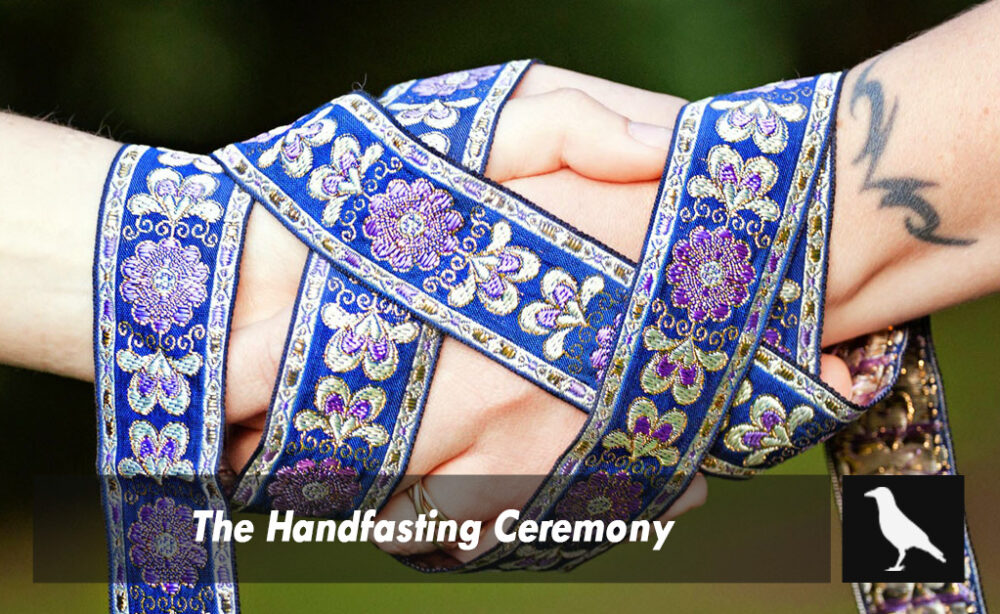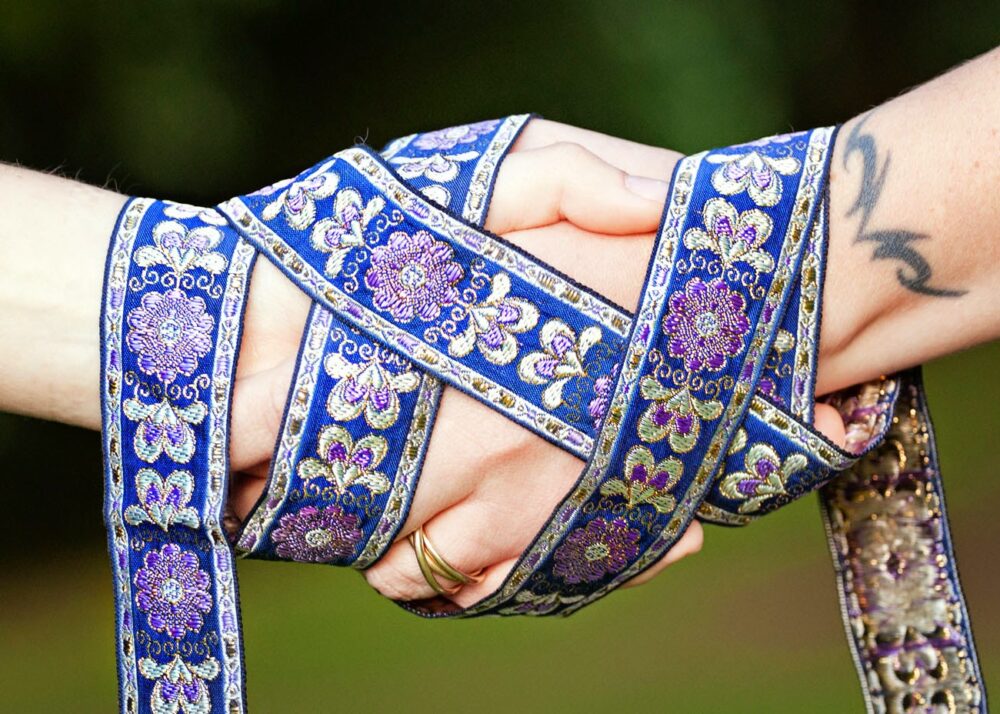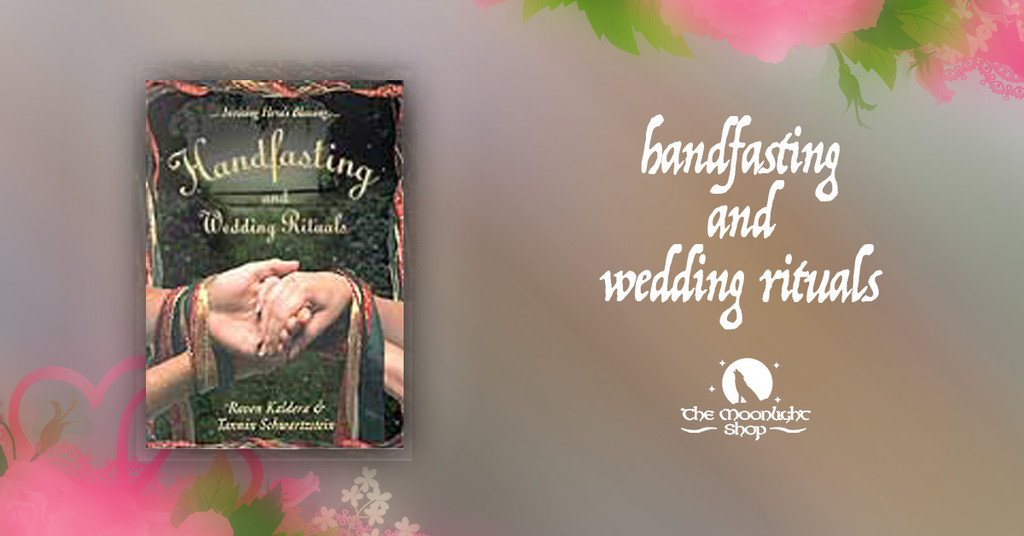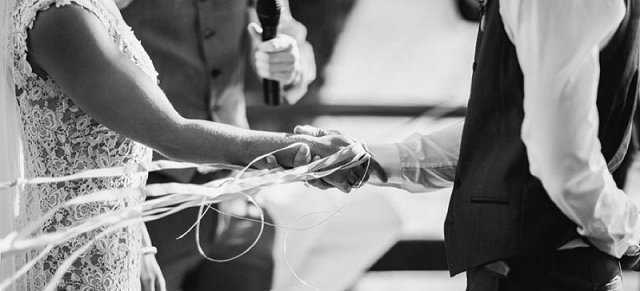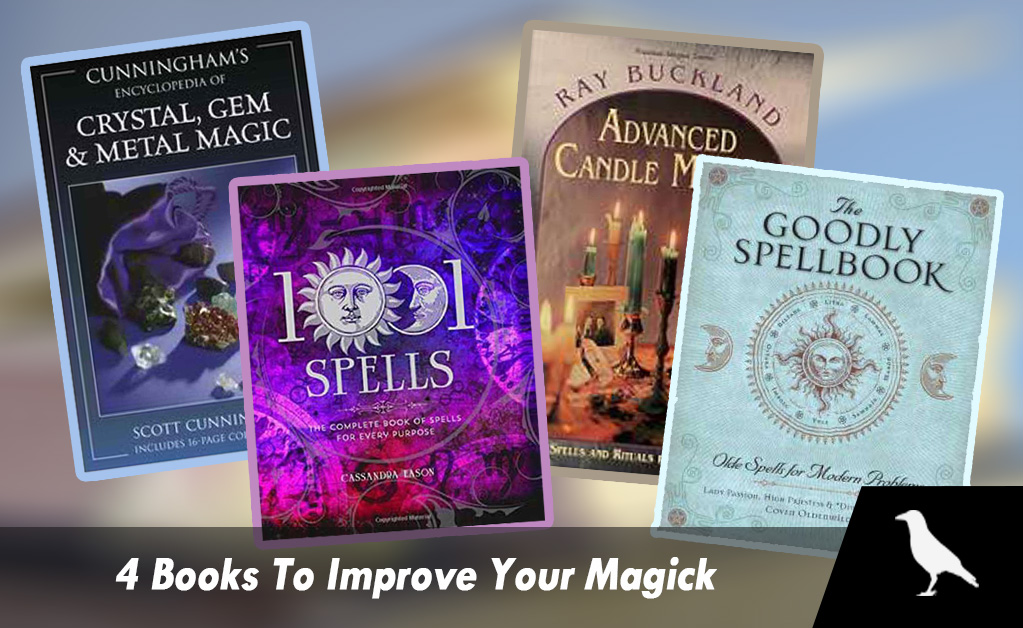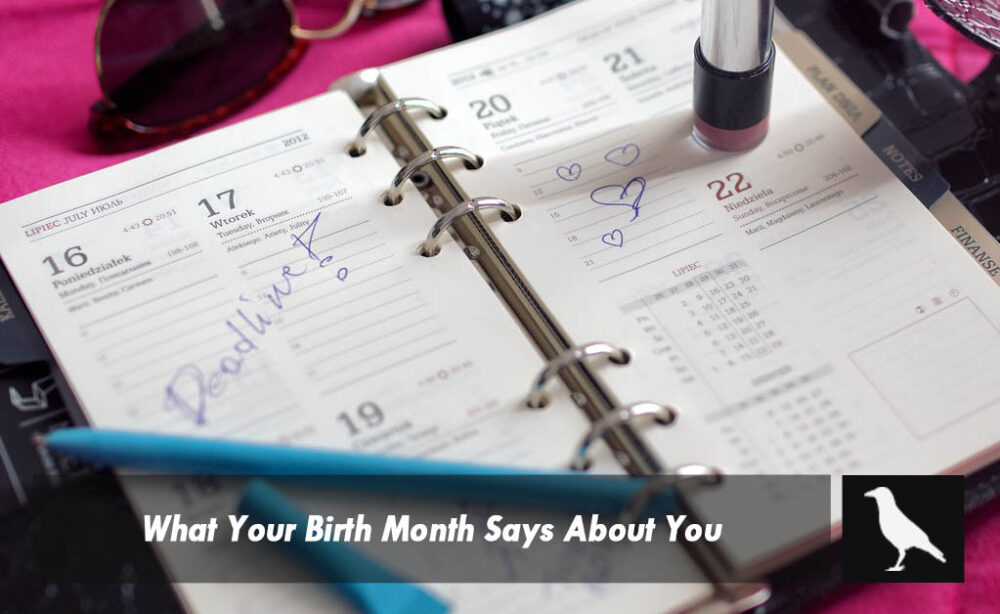This article was originally published by The Moonlight Shop here: The Handfasting Ceremony
A handfasting is a time-honored Pagan tradition that traces its origins back to ancient Celtic times. It serves as a Celtic marriage ritual wherein two individuals commit to a binding union for exactly a year and a day. This practice is akin to the modern concept of engagement. Originally, the handfasting was intended as a trial marriage, allowing the couple to see if they could endure the bonds of matrimony. After a year and a day, the couple could choose to either end their union as if it had never occurred or opt for a lifelong commitment. The handfasting ceremony is a lovely and magickal rite of passage that many non-Wiccan couples also choose to embrace.
Pagan/Wiccan Handfasting
Today, numerous Wiccans and Pagans incorporate handfasting into their wedding ceremonies, often customizing it to reflect their personal preferences and needs. This ritual is considered a legitimate marriage or a pledge made to one another as long as love remains.
A priest or priestess typically officiates the handfasting. They invoke the energies of the four elements and create a sacred circle in which the couple is united as representations of the god and goddess.
Handfasting and Wedding Rituals: Welcoming Hera’s Blessing
A cloth is used to bind the couple’s hands together, often made from tartan plaid, which is wrapped to symbolize infinity. The plaid fabric stands for the groom’s lineage and signifies the union formed as a married couple. This is likely where the phrase “tying the knot” originated.
The couple then expresses their willingness to marry of their own accord, affirm their commitment to one another, and recite their marriage vows. There are many forms of handfasting rituals that can be adapted to fit the couple’s wishes. The binding of the hands can happen before the vows, during, or afterward.
Different Wiccan Traditions
Various Wiccan and Pagan traditions have differing practices and beliefs regarding the color, length, type, and number of cords used in handfasting. In one method, the couple stands facing each other with both hands bound, while another tradition may only bind the right hands. There are also traditions where both right and left hands are bound. Ultimately, the specifics depend on the couple and the officiant overseeing the handfasting.
Benefits
One notable aspect of handfasting is its accessibility to individuals in non-traditional relationships, owing to the fact that it is not a legal marriage. Non-traditional couples, such as same-sex and transgender pairs, can partake in handfasting. For instance, in Dianic Wicca, the ceremony between a lesbian couple is referred to as a “tryst.”
If you are lucky enough to find someone you love with whom you wish to share your life, a handfasting ceremony offers a unique alternative to a conventional wedding. It tends to be less formal, more affordable, and possesses a deeper spiritual essence.
What do you think about handfasting? Were you and your partner handfasted? We would love to hear your story. 🙂

